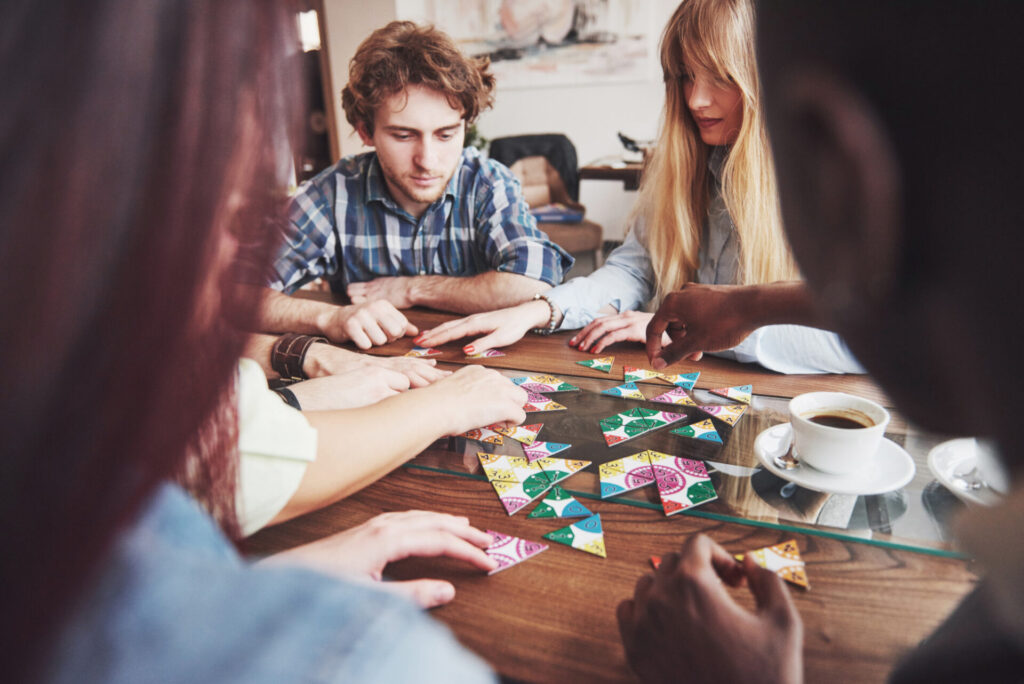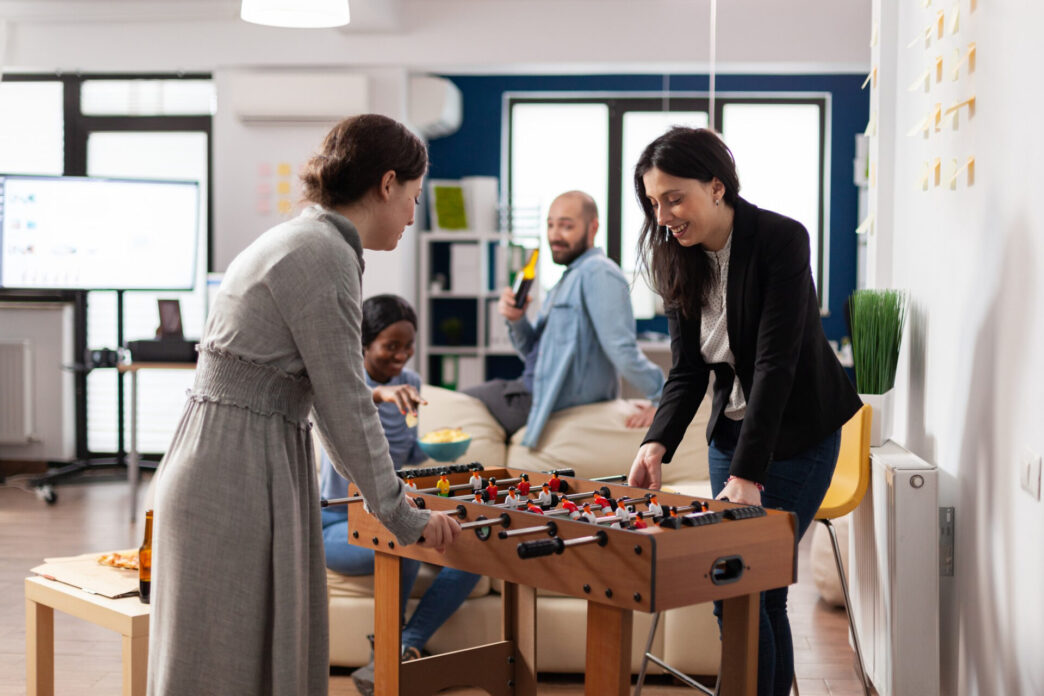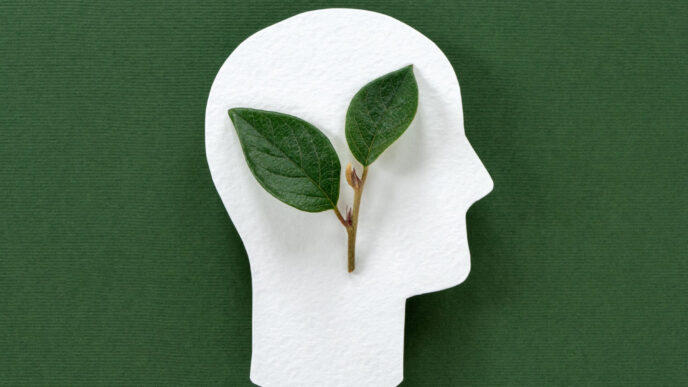Unlocking Creativity: Why Play Is the Antidote to Mental Blocks
Ever stared at a blank page, a blinking cursor, or a half-finished idea—feeling stuck and uninspired? You’re not alone. Creative blocks affect everyone, from artists and entrepreneurs to students and professionals. But what if the key to breakthrough isn’t trying harder—but playing more?
In a world obsessed with hustle and productivity, we often dismiss play as frivolous or childish. Yet, research and real-world examples show that play is one of the most powerful tools for unlocking creativity, building mental flexibility, and reigniting motivation.
This article explores how to overcome creative blocks with play by using practical, science-backed strategies that are as enjoyable as they are effective. You’ll discover how simple activities—like improvisation games, storytelling, or movement—can stimulate innovation and help you rediscover your creative flow.
“The creation of something new is not accomplished by the intellect but by the play instinct.”
Carl Jung
We’ll also look at playful thinking techniques, the best creativity exercises for adults, and how play can boost creativity in both solo work and collaborative environments. You’ll learn not only why play works, but how to build it into your routine in ways that feel natural and energizing.
Whether you’re looking for a spark of inspiration, a way to break free from perfectionism, or a fresh approach to brainstorming, this guide will show you how the freedom of play leads to breakthrough ideas.
Let’s begin by understanding what mental blocks really are—and why they stand in the way of your best work.
Understanding Mental Blocks
What Are Mental Blocks?
A mental block is a psychological obstacle that prevents creative thinking. It can manifest as:
✔️ A lack of ideas or inspiration
✔️ Overthinking and self-doubt
✔️ Fear of failure or judgment
✔️ Rigid thinking patterns that limit new perspectives
Common Causes of Creative Stagnation
Mental blocks can stem from various sources:
| Cause | Impact on Creativity |
|---|---|
| Stress & Anxiety | Shuts down the brain’s ability to explore new ideas |
| Perfectionism | Creates fear of making mistakes, leading to paralysis |
| Overwork & Burnout | Drains mental energy, reducing cognitive flexibility |
| Routine & Monotony | Limits exposure to new experiences and perspectives |
| Self-Doubt | Undermines confidence, making it hard to trust instincts |
The Impact of Stress on Creativity
When we’re stressed, our brain prioritizes survival over exploration, making it harder to generate novel ideas. The prefrontal cortex, responsible for creative problem-solving, becomes overwhelmed, limiting our ability to think flexibly. Play counteracts this effect by reducing stress hormones, boosting dopamine, and encouraging open-ended thinking.
The Science of Play and Creativity
Play isn’t just for kids—it’s a biological necessity for cognitive growth, problem-solving, and innovation. Research shows that play:
✔️ Stimulates the brain by forming new neural connections
✔️ Enhances divergent thinking, allowing multiple ideas to emerge
✔️ Boosts dopamine production, increasing motivation and engagement
✔️ Encourages risk-taking in a low-stakes environment
Case Studies: Creativity Through Play
- Albert Einstein was known for thought experiments, playful mental exercises that helped him develop the theory of relativity.
- Nikola Tesla often engaged in daydreaming and visualization, which led to groundbreaking inventions.
- Google’s “20% time” policy, which allows employees to pursue passion projects, resulted in products like Gmail and Google Maps.
By embracing playful exploration, we can access untapped creative potential.

Types of Play That Unblock Creativity
1. Improvisation and Spontaneous Thinking
Improv games force you to think on your feet, embrace uncertainty, and let go of overanalyzing. Examples:
✔️ Yes, and…: Build on someone else’s idea without rejecting it.
✔️ Word Association: Rapidly connect unrelated words to spark new ideas.
2. Role-Playing and Storytelling Exercises
Telling stories engages imagination and helps break linear thinking patterns. Exercises:
✔️ Character Swap: Solve a problem from the perspective of a fictional character.
✔️ Alternate Endings: Take an existing idea and brainstorm multiple outcomes.
3. Physical Movement and Kinesthetic Play
Moving the body enhances creativity by stimulating brain activity.
✔️ Doodling and Sketching: Even if you’re not an artist, sketching can unlock new ideas.
✔️ Walking Brainstorms: Walking boosts divergent thinking by up to 60%.
4. Puzzle-Solving and Lateral Thinking Games
Engaging in riddles, escape rooms, and strategy games strengthens cognitive flexibility.
✔️ Reverse Brainstorming: Instead of solving a problem, list ways to make it worse—then reverse the ideas.
✔️ What If? Scenarios: Challenge assumptions by imagining alternative realities.
Practical Strategies to Integrate Play into Creative Work
Daily Habits to Spark Creativity
✔️ Set aside 15 minutes for a playful exercise (drawing, improv, games).
✔️ Change environments—work in a different space to break mental patterns.
✔️ Embrace “useless” creativity—experiment with ideas without a goal.
Group Exercises for Team Brainstorming
✔️ The 30 Circles Test: Turn 30 blank circles into different objects in 3 minutes.
✔️ Wrong Answers Only: Answer a question incorrectly on purpose to spark new thinking.
Using Humor to Break Mental Rigidity
Laughter loosens cognitive constraints and fosters open-minded thinking.
✔️ Watch comedy clips before brainstorming sessions.
✔️ Rewrite a serious idea as a joke, then reframe it seriously again.
Real-World Applications of Play in Problem-Solving
Many successful professionals integrate play into their creative process:
✔️ Designers & Architects use LEGO modeling to prototype ideas.
✔️ Scientists engage in hypothetical “what-if” scenarios to explore possibilities.
✔️ Writers & Filmmakers use role-play and improvisation to develop characters.
Case Study: The LEGO Serious Play Method
Companies like NASA and Google use LEGO Serious Play, where employees build models to explore complex problems. This tactile engagement improves problem-solving and collaboration.
Overcoming Resistance to Play
Why Adults Struggle with Playfulness
Many people associate play with childishness or wasting time, but in reality, it enhances productivity and innovation.
Addressing Productivity Concerns
✔️ Play increases efficiency by reducing cognitive overload.
✔️ Play prevents burnout, leading to better long-term output.
How to Reintroduce Play into Life
✔️ Give yourself permission to play without guilt.
✔️ Start with small, fun activities that feel natural.
✔️ Incorporate games, humor, and curiosity into work and daily routines.
Conclusion
Play is a powerful antidote to mental blocks. By embracing playful activities—whether through improvisation, movement, puzzles, or storytelling—we can break through creative stagnation and generate fresh ideas effortlessly.
Take action today:
✔️ Try one playful exercise this week.
✔️ Challenge yourself to think like a child—curious, open, and fearless.
✔️ Redefine productivity by embracing creativity through play.
The best ideas don’t come from stress and overthinking—they come from fun, exploration, and an open mind. 🎨✨
References and Inspirational Resources
- Brown, Stuart & Vaughan, Christopher. Play: How It Shapes the Brain, Opens the Imagination, and Invigorates the Soul. Avery.
- Sawyer, R. Keith. Explaining Creativity: The Science of Human Innovation. Oxford University Press.
- Psychology Today – Articles on overcoming creative blocks and the neuroscience of play.
- The Greater Good Science Center – Research on play, creativity, and well-being.
- IDEO – Case studies and methods related to design thinking and playful innovation.
- TED Talks – Especially Tim Brown’s “Tales of Creativity and Play”.
- Journal of Creative Behavior – Peer-reviewed studies on creative thinking and problem-solving strategies.















